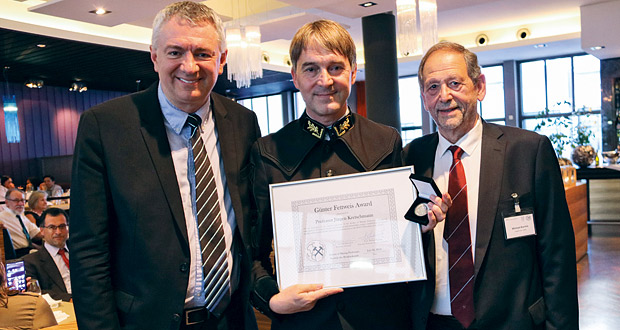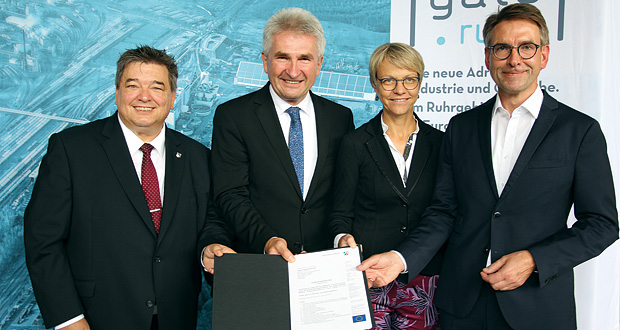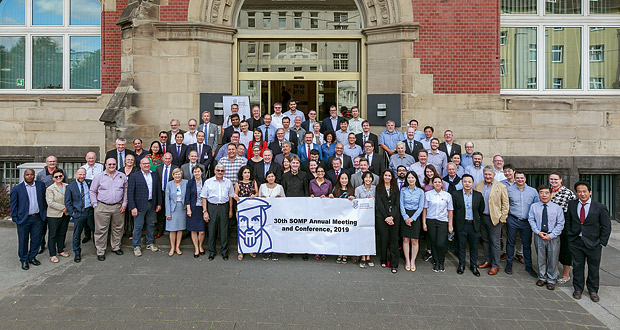Continued upswing for raw material extraction technology

Worldwide demand for mining technology from Germany remains high. In the first half of 2019, orders received rose by 35 % and sales by 40 % in comparison with the previous year. The upward trend in this industry therefore continues. After the difficult period from 2012 to 2017, global business has been picking up for the past two years. In 2018, the approximately 150 companies in the sector achieved sales of approximately 3.5 bn €, of which around 95 % was achieved in other countries. A further increase in sales of approximately 15 % is expected for the current year. “It is difficult to predict future development, however, due to the loss of global political leadership – we will have to take things as they come and react flexibly,” says Michael Schulte Strathaus, managing partner of F. E. Schulte Strathaus GmbH & Co. KG in Werl/Germany and Chairman of the Board of VDMA Mining (Figure 1).
VDMA Mining has launched the “Roadmap 2035” in order to ensure the global competitiveness of German mining technology. In this, the manufacturers in the association discuss future issues and jointly develop solutions for these. They relate, e. g., to the use of data streams, the definition of data interfaces and the topic of data security. Further topics to be covered in the Roadmap 2035 include guaranteeing a very high technical level and innovation leadership. Under these headings, aspects such as performance, availability, ease of maintenance and durability of machinery are discussed, together with the problem-solving capability which can be assured through staff training and expertise. The Roadmap therefore also covers questions of recruitment of young talent, as well as commercial and academic education.
The sector has coped well with the end of the German coal mining industry last year. Companies have used the time between the decision to exit and the closure of the last coal mine in Germany well, and have acquired increased numbers of new customers abroad. This year, the largest individual markets – besides the Eurozone – are the USA, China, Australia and Russia. These countries are also amongst the world’s largest coal producers. In 2018, they produced more than 7 bn t of coal, which they primarily used to supply their own power.
There are also prospects for the sector in the growing demand for raw materials for the energy transition and future technologies. Corresponding investments from mining companies in extraction and processing technologies for lithium, cobalt, tantalum or rare earths and neodymium are reflected in mining machinery manufacturers’ exports.
There is also investment in new mining projects for the extraction of lithium in Germany, primarily in Saxony. The Zinnwald Lithium Project, south of Dresden, is planning to mine 5,100 t/a of lithium and announced in June that a feasibility study had confirmed this plan. In Sadisdorf, also located to the south of Dresden, the Australian mining and technology company Lithium Australia is planning to mine lithium in order to service the growing demand for this raw material in the electromobility sector. (VDMA/Si.)




